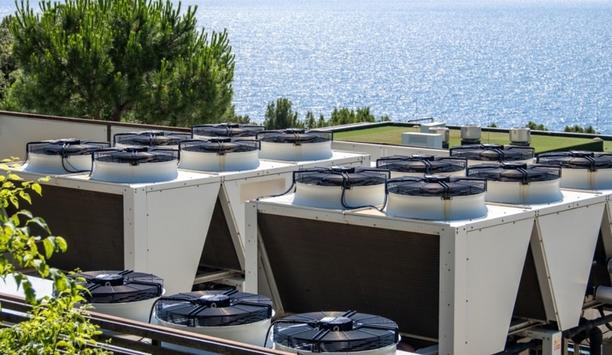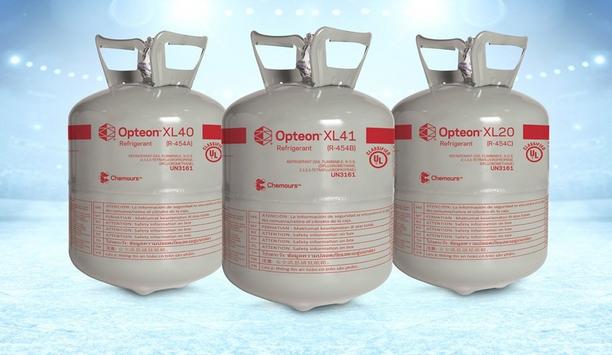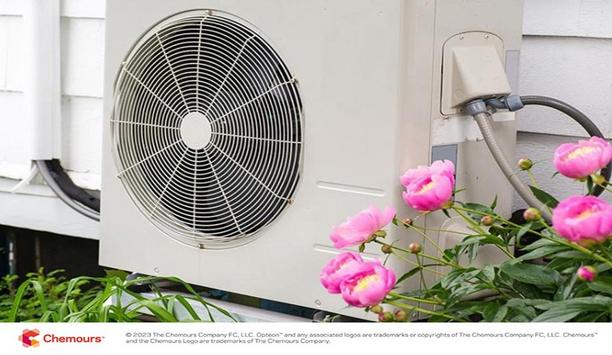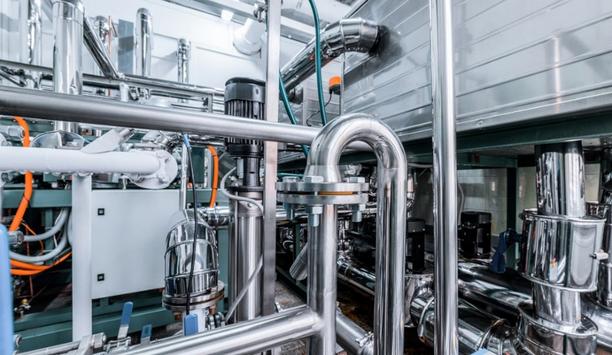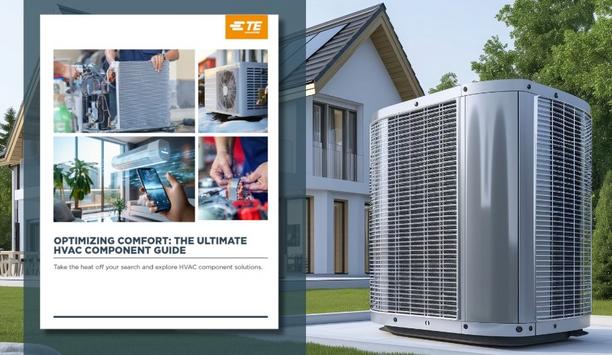Flammability - Expert Commentary
The HVAC/R industry is in the process of a major shift as A2L refrigerants become the standard in residential and commercial system HVAC. This change is being propelled by stricter environmental policy and advancements in refrigeration technology. However, the transition is not without its hurdles, posing new considerations for system owners, technicians, and equipment manufacturers. Favor of GWP alternatives The Environmental Protection Agency (EPA) has established clear guidelines to phase...
It’s often said the only constant in life is change. In the HVACR industry, that phrase has been especially true. We saw another year of transitions in 2024 that included evolving efficiency and refrigerant regulations, changing corporate net zero targets, the continued emergence of advanced heat pumps, and the impact of artificial intelligence (AI) in building management. Smart and sustainable Throughout these transformations, the industry continues to overcome challenges and in...
As environmental regulations become increasingly stringent, the HVAC/R industry is turning to sustainable refrigerants to minimize environmental impact. A3 refrigerants—flammable gases with low global warming potential (GWP)—are emerging as a preferred choice. However, their adoption introduces additional regulatory requirements. EPA regulations To address these challenges, the industry is leveraging innovative solutions like enhanced small-diameter copper tubes, which enable com...
Until a couple of years ago, most of the talk about heat pumps occurred around this time of year, when more than half the planet prepares for an autumn cooldown. These discussions were typically limited to regions that only experienced moderate winters. But as anyone who has recently perused an HVACR trade magazine or website—or participated in an industry webinar, event, or social media conversation—can tell you, the topic of heat pumps is virtually unavoidable. Not only do heat p...
By now, the HVAC industry is well versed in, and operating successfully with, various HFC refrigerant production and consumption reduction schedules put forth by regulatory bodies. Under the EPA American Innovation and Manufacturing (AIM) Act, for example, the U.S. experienced a significant reduction (another 30%) in January 2024, advancing the goal of an 85% HFC phasedown from historic baseline levels by 2036. And the EU is working toward its stated objective of an HFC phaseout by 2050. tech...
By now, most of the HVACR industry is familiar with the HFC phasedown portion of the U.S. EPA American Innovation and Manufacturing (AIM) Act that was signed in 2020 and finalized in 2021. The first phasedowns started Jan. 1, 2020, with a 10% reduction in HFC refrigerant production, importation, and consumption, and was followed by an additional 30% reduction that began Jan. 1, 2024. As these regulations work to achieve a total 85% HFC phasedown from historic baseline levels by 2036, Tech...
Refrigerant transitions are imperative to comply with evolving emissions regulations and decarbonization agendas. The dynamic landscape necessitates continual adaptation to meet current requirements, with further changes anticipated. However, switching refrigerants poses numerous HVAC/R system design hurdles, affecting system performance and component selection. Energy efficiency standards Energy efficiency standards are a paramount concern, driving innovation towards systems that perform we...
Hydrofluoroolefin (HFO) and so-called “natural” refrigerants have coexisted for more than two decades, with each serving the specific needs of the HVACR industry. However, over the past several years, the proverbial aisle has formed, with pro-HFO voices on one side and “natural” advocates on the other. EU F-gas regulations The debate is getting more “ink” these days, partly due to advances in proposed EU F-gas regulations as well as the acceleration of glo...
Although the European Union is several steps ahead in the transition away from hydrofluorocarbon (HFC) refrigerants, members of the HVACR industry in other countries currently find themselves in a more urgent situation when it comes to stepping down HFCs and stepping up use of new-generation hydrofluoroolefin (HFO) refrigerants and emerging A2Ls. EPA’s AIM Act This is especially true in the U.S., where 2024 kicked off with an additional 30% reduction in HFC production and consumption un...
Circularity. Some may call it a “hot topic.” But in reality, the concept and practice of circularity is here to stay, indefinitely, for the simple reason that the sustainability of our planet depends on it. Whatever type of product you sell, “widget” you manufacture, or service you provide, achieving circularity, that is, putting practices in place so that materials remain in circulation and never become waste is finding its way onto the priority list of every business....
According to some recent estimates, the cooling industry accounts for approximately 10% of global carbon dioxide (CO2) emissions. To place this in perspective, the transportation sector, as the highest contributor, accounts for approximately 20% of global CO2 emissions. While some may see this as a “glass half empty” scenario, the better approach is the one taken by key players in the HVACR space. As we see it, because the cooling industry has been a source of significant emis...
At the moment, it seems as though a day rarely goes by without low-carbon heating hitting the headlines. Whether it is reports of ‘revamping’ the Clean Heat Grant, to include a ‘boiler scrappage’ scheme, which may offer home owners up to £7000 to make the switch to a low-carbon alternative, to speculation that the Prime Minister is under pressure to push back the 2035 ban on gas boilers, the debate on how and when the low-carbon heating revolution will happen is ong...
A landmark UN scientific study has once again highlighted the short window available to prevent irreversible climate change. Businesses are coming under pressure to dramatically accelerate their net-zero carbon initiatives. This comes at a time where market dynamism is returning across a range of key sectors following a downturn triggered by the pandemic. Businesses are also being pressured by stakeholders to recover revenues lost during the pandemic and to start rebuilding commercial activity...
With ongoing efforts from governments across the globe to reduce carbon emissions and with an ever greater focus on sustainability, it is vital that the HVAC sector does its part in becoming more environmentally conscious. And, while there have been steps to become more sustainable, there is a huge amount that still needs to be done to make sure that many of the targets that have been set are attainable. In buildings, both large and small, industrial heating accounts for roughly two thirds of i...
The education field was faced with multiple challenges this past year. Not only did the COVID-19 pandemic bring the necessity of online learning, but it has also brought up necessary changes to physical schools and universities, when reopening time arrives. The health and safety of students, staff, and faculty has become a priority for directors of school operations, who have been working to properly adapt school facilities to this new reality we are facing. Ensuring health and safety of studen...
How grooved solutions have been making contractors and engineers reimagine the way they construct risers in vertical buildings? Enter into the right pub, or head to a city’s museum or town hall, and you can often find a picture of how the surrounding area used to look. An image from twenty years ago and the difference isn’t too vast. Fifty years back and there’s a definite change. A picture from over a hundred years ago and it’s practically unrecognizable. And what&rsquo...
As a Managing Director of a company that provides temperature and humidity solutions to predominantly the warehousing and industrial sectors, I thought I would share my dilemma that I’m sure other business owners and managers also face. I don’t pretend to know the answers, but thought it might be worth sharing some of the considerations that I’m facing in whether to reshape, recruit and build or hunker down until the World, Europe and the UK offers some sort or predictability....
Leveraging Radiant And Hydronics To Help Achieve Decarbonization Goals
DownloadSealed Connectors In Harsh Environments
DownloadPowering And Cooling Next Generation Data Centers
DownloadDebunking Myths To Promote A Bright Future For Heat Pumps
DownloadOptimizing Comfort: The Ultimate HVAC Component Guide
Download

